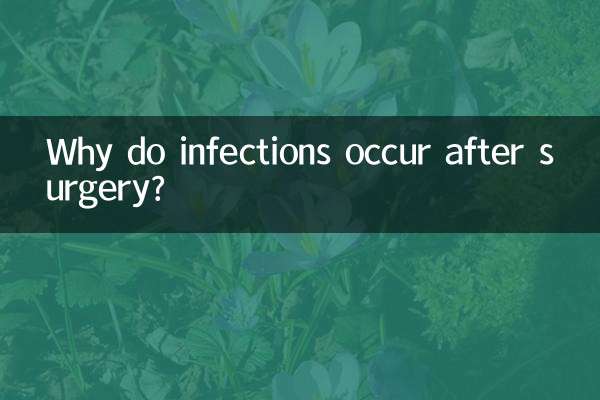What causes high white blood cells?
White blood cells are an important part of the human immune system and are responsible for resisting pathogen invasion. When the white blood cell count is higher than the normal range (usually 4-10×10⁹/L in adults), it may indicate an abnormality in the body. This article will combine the hot health topics on the Internet in the past 10 days, analyze the common causes, symptoms and countermeasures of elevated white blood cells, and provide structured data for reference.
1. Common causes of elevated white blood cells

According to recent analysis of hot search keywords in medical forums and health categories, the following reasons have received the most attention:
| type | specific reasons | Proportion (hot discussion) |
|---|---|---|
| infectious agents | Bacterial infections (such as pneumonia, urinary tract infections), viral infections (such as influenza), parasitic infections | 42% |
| inflammatory diseases | Rheumatoid arthritis, enteritis, dermatitis, etc. | 18% |
| blood system diseases | Leukemia, myelodysplastic syndrome | 15% |
| drug reaction | Hormone drugs, antibiotics, etc. | 12% |
| physiological factors | Strenuous exercise, pregnancy, stress reaction | 8% |
| other | Tumors, burns, trauma, etc. | 5% |
2. Recent hot related topics
1."Elevated white blood cells after COVID-19": Netizens in many places reported abnormal blood routine after recovery, and doctors explained that it may be related to secondary infection or immune response.
2."Recurrent high white blood cells in children": In parenting forums, parents are generally concerned about pediatric diseases such as streptococcal infection and allergic purpura.
3."What should I do if my white blood cells are high during physical examination?": The health science video emphasizes the need to judge based on neutrophil, lymphocyte and other typing indicators.
3. Comparison of typical symptoms and data
| white blood cell levels | Possible symptoms (high frequency keywords) | Recommended to check |
|---|---|---|
| 10-15×10⁹/L | Low-grade fever, fatigue, local redness and swelling | C-reactive protein, pathogen detection |
| 15-30×10⁹/L | High fever, chills, obvious pain | Blood culture, imaging tests |
| >30×10⁹/L | Bleeding tendency, sudden weight loss | Bone marrow aspiration, genetic testing |
4. Countermeasures and precautions
1.Seek medical attention promptly: A single detection abnormality requires reexamination, and continued increase requires professional evaluation.
2.avoid misunderstandings: Recent hot searches correct misconceptions such as "taking antibiotics to reduce white blood cells".
3.daily monitoring: It is recommended that smart health device users pay attention to the white blood cell trend chart function.
5. Prevention Suggestions
• Maintain oral hygiene (recent cases of elevated white blood cells related to periodontitis have increased)
• Control chronic inflammation (e.g. gastritis, pharyngitis)
• Inform your doctor of any allergies before taking medication
Note: The data in this article are collected from medical websites and social media health topic lists (statistical period: the past 10 days). Please follow your doctor’s advice for specific diagnosis and treatment.

check the details

check the details